One of the biggest financial decisions a person can make is to buy a house. You will probably come across a property disclosure statement (PDS) if you are buying your first home, investing in rental property, or moving to a bigger home. This document, which is required in many places, lists the problems and facts about the property that the seller has told you about.
Knowing how to read property disclosure statements well can help you avoid unpleasant surprises, expensive repairs, and even legal problems. It’s not just about looking for red flags; it’s also about understanding the information in a way that makes you feel good about it before you sign.
This guide gives you the basic information, expert tips, and timeless rules you can use for years to come when looking over any PDS.
What Is a Statement of Property Disclosure?
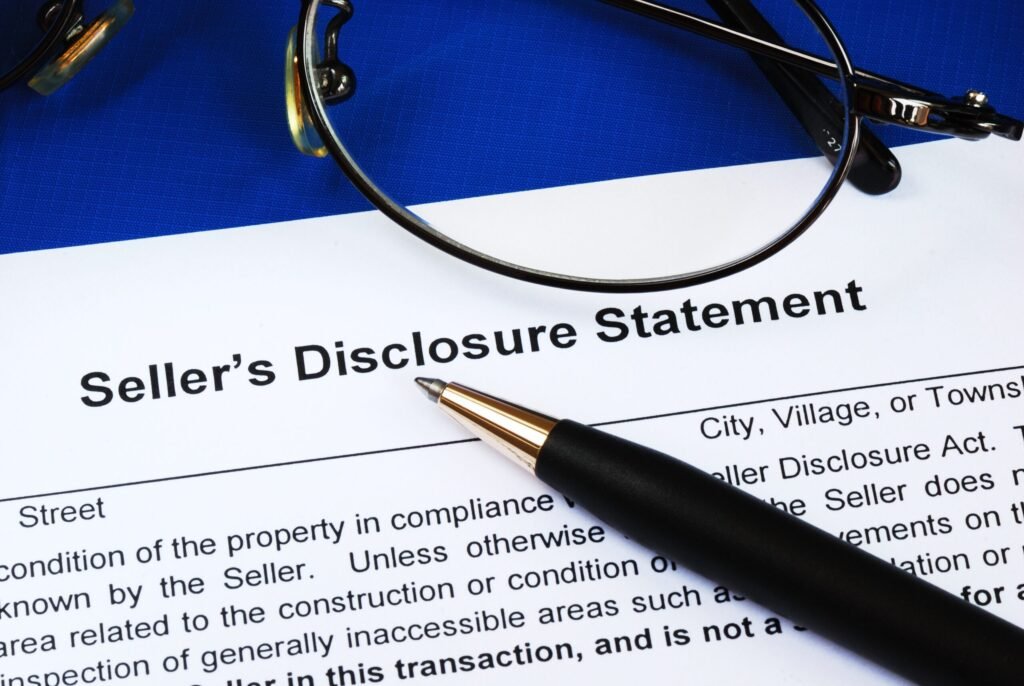
A property disclosure statement is a legal document in which the seller lists all the important facts they know about the property’s condition, history, and possible problems. Its main goal is to give buyers information so they can make a smart choice.
Disclosures usually include the following, but the exact format and requirements vary from place to place:
- Parts of the structure (foundation, roof, walls, floors)
- Big systems like plumbing, heating, and air conditioning
- Leaks and damage from water
- Insect infestations
- Renovations and getting permission
- Hazards to the environment include mold, asbestos, and radon.
- Legal problems (disputes over property lines, liens, and zoning violations)
Some places require sellers to fill out standard forms, while others allow them to make custom disclosures that meet the law’s requirements.
Why It’s Important to Know What a PDS Is
Not fully understanding a PDS can cause:
- Costs for repairs that come up soon after buying
- Problems with insurance coverage if problems that weren’t disclosed come up
- Legal fights over facts that weren’t made public
- Lower resale value because of problems that were passed down
On the other hand, being able to read property disclosure statements like a pro gives you the power to:
- Look for differences between the inspection and disclosure reports
- Talk about repairs or price changes based on problems that have been documented
- Don’t make deals that are too risky
How to Read Property Disclosure Statements: A Step-by-Step Guide
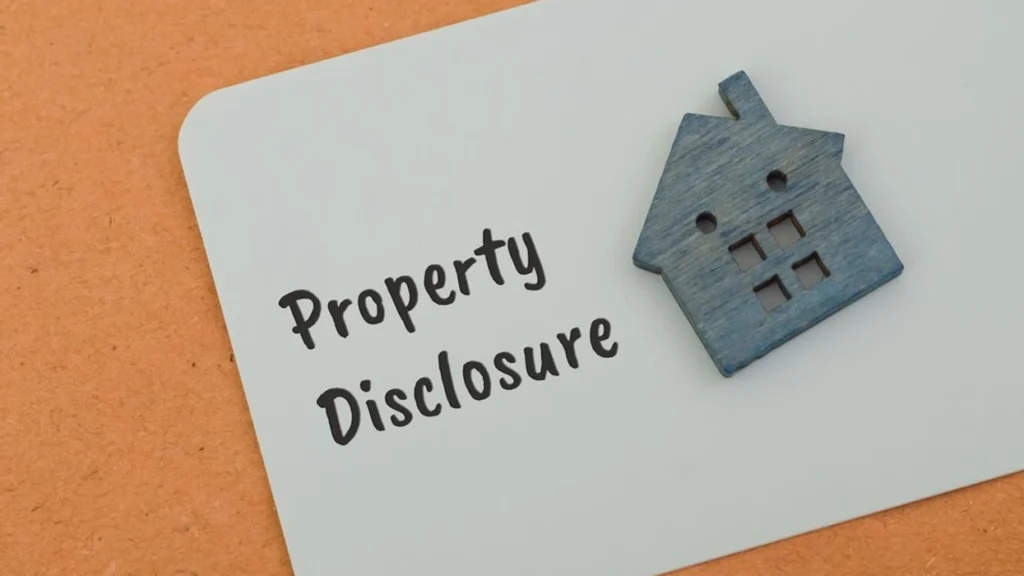
It’s not just about reading; it’s also about understanding, checking, and making a choice. Experts say to do this:
1. Begin with the Basics
Look for important identifying information:
- Address of the property and legal description
- Name and contact information for the seller
- Date when the disclosure was finished
Why it matters: If any of these details are wrong or missing, it could mean that the form is old or that the person filling it out is careless. Even small mistakes can point to bigger ones in other parts of the document.
2. Know How to Format
Most property disclosure statements have a series of yes/no/not applicable checkboxes with room for explanations. Other responses may be open-ended narratives.
- Yes = The problem is real or has been real.
- No = The seller doesn’t know about the problem.
- N/A = It doesn’t apply to the property.
Tip: Just because the seller says “No” doesn’t mean the problem doesn’t exist; it just means they don’t know about it.
3. Look for Patterns That Keep Coming Up
Take note if more than one section talks about roof leaks, water damage, or cracks in the foundation.
When the same problems happen in different parts of the PDS, it usually means that there are bigger problems with the system.
For example: If the seller says “water damage in basement” in the Basement section and “roof leak repaired” in the Roof section, you should ask if the basement damage was caused by the roof leak or by something else, like drainage problems.
4. Compare What You See With What You Read in the Disclosure
If you’ve seen the property:
- Look at the PDS and compare it to what you can see.
- Does the “newly renovated kitchen” look like it was done recently?
- If the seller says “no cracks in the foundation,” but you see clear settling, let them know so they can look into it more.
5. Check With Inspection Reports Again
Professional home inspections are the best way to check the truth of PDS statements. An inspector could:
- Confirm problems that have been made public
- Find problems that the PDS doesn’t talk about
- Check to see if the repairs that were said to have been made were done right
For example: The PDS says, “HVAC replaced in 2020,” but your inspector finds that the furnace’s serial number shows it was made in 2014. This difference needs more investigation.
6. Be Careful With “As-Is” Sales
In most places, an “as-is” sale doesn’t mean you don’t have to make honest disclosures. But it shows that the seller is probably not going to make repairs or give in.
When you read a PDS like this, pay special attention to repairs that cost a lot of money, like:
- Replacing the roof
- Stabilization of the foundation
- The septic system broke down
7. Don’t Forget About the “Unknowns”
Sometimes sellers really don’t know the answers, especially if they haven’t lived in the property before (this happens a lot in estate sales or investment flips). Responses that say “unknown” aren’t always bad signs, but they do mean you should look into it on your own.
Common Warning Signs in Property Disclosure Statements
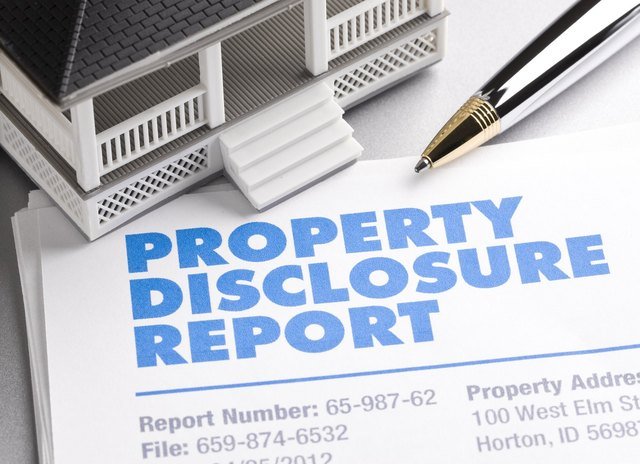
To be able to read property disclosure statements, you need to be able to spot warning signs that might not be clear at first:
1. Language That Isn’t Clear
Words like “minor leak,” “small crack,” or “some repairs needed” don’t say enough. Always ask for more information.
2. Lots of “Yes” Answers Without Any Explanations
A checklist with only positive answers and no details is not complete. Each “Yes” should have a clear reason, date, and repair status.
3. Proof of Major Damage in the Past
Fire damage, flooding, or repairs to the building’s structure, especially if they are done without permission, can affect safety, insurance, and financing.
4. Dangers to the Environment
Mold, asbestos, lead paint, radon, and underground fuel tanks can all need costly repairs.
5. Disputes Over the Law or Property Lines
Ongoing problems with neighbors or permits that haven’t been resolved can make closing take longer or cause problems for a long time.
How to Read a PDS: Expert Advice
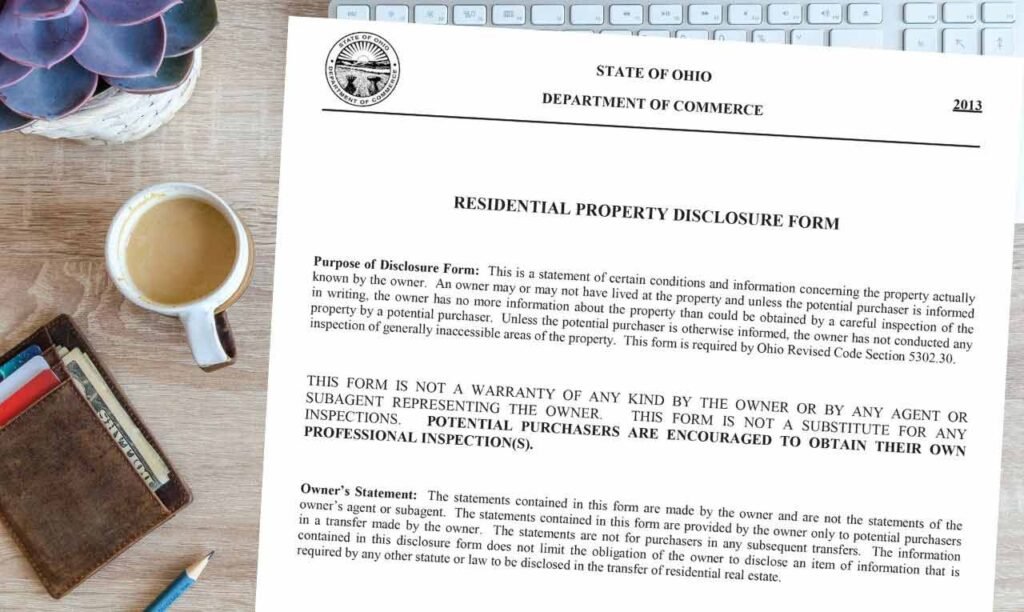
For a long time, real estate agents and property lawyers have come up with a set of strategies that still work no matter what the market is doing:
1. Use the PDS as a Guide, Not as the Last Word
The seller’s knowledge and choice of what to share are the basis for the disclosure. Always add:
- A professional inspection
- A search for a title
- Records of permits from the local government
2. Check the Repairs
If the seller says repairs were made (for example, “foundation repaired in 2019”), ask for:
- Bills or receipts
- Details about the contractor
- Details about the warranty
3. Ask More Questions Quickly
Timing is important. If you wait until the end of the deal to ask about disclosures that aren’t clear, you might lose your ability to negotiate.
4. Learn About the Laws in Your State or Province About Disclosure
There are a lot of different rules:
- In some places, you have to tell people about deaths that happen on the property.
- Others need to know about plans for nearby development.
- In some places, “caveat emptor” (buyer beware) is allowed for some transactions.
If you talk to a local real estate lawyer, you can be sure you know what the law requires.
5. Keep a Record of Everything
Write down everything you say about the PDS. Written proof is very useful if there are later disagreements.
A Lesson in Reading Between the Lines: A Real-Life Example
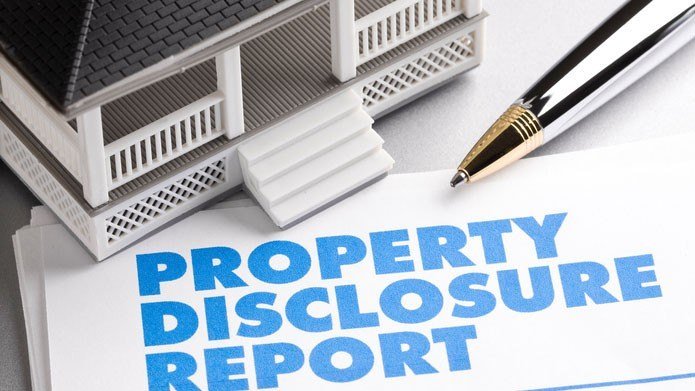
A couple bought a cute bungalow from the 1940s. The PDS said, “There is a little moisture in the crawl space; drainage has gotten better.” They moved on, thinking the problem had been solved. Heavy rains flooded the crawl space six months later, which caused mold and damage to the building.
After looking into it more, the buyers found out:
- The “drainage improvement” was just extending the downspouts, which wasn’t enough for the property’s grading.
- The seller had had flooding happen to them many times in the last ten years, but they only mentioned it once in the PDS.
Takeaway: Even if a problem is reported, it is still necessary to have an independent check on the extent and quality of the repairs.
What to Do When You Find Problems
If you find problems through the PDS:
- Talk to Your Agent — They can help you come up with ways to negotiate.
- Get Quotes from Experts — A roofer, plumber, or foundation expert can tell you how much it will cost to fix something.
- Use Documented Problems as Leverage to get repairs or lower prices.
- If You Need To, Walk Away. Sometimes the best thing to do is find another property.
Best Practices for Buyers That Will Never Go Out of Style
These tips will help you read and understand a PDS no matter how the real estate market changes:
- Be methodical: Go over each part carefully, even if you think it doesn’t apply.
- If you don’t understand what the seller is saying, ask for clarification.
- Follow up with paperwork; repairs and permits should have records.
- Stay objective; don’t let your feelings for the property get in the way of your judgment.
- Get help from professionals. Agents, inspectors, and lawyers are worth the money for peace of mind.
Questions That Are Often Asked
Q: Is a property disclosure statement a legal document?
A: It’s not a contract for sale, but it is a legal document. If sellers give false information on purpose, they could face legal trouble.
Q: If the seller didn’t tell me something important, can I sue?
A: Maybe. It depends on the laws in your area and whether you can show that the seller knew about the problem and didn’t tell you about it.
Q: What if the seller never lived in the house?
A: They still have to tell you what they know, but you’ll have to rely more on inspections.
In Conclusion
Anyone who works in real estate needs to know how to read property disclosure statements. It’s not enough to just look for obvious problems; you also need to understand the details, find gaps, and double-check information through professional channels.
If you follow the tips in this article, you’ll be able to confidently approach any PDS, ask the right questions, and make choices that protect your investment. This information will always be useful. The laws and forms may change, but the rules of careful review, verification, and making informed decisions will always be true.





